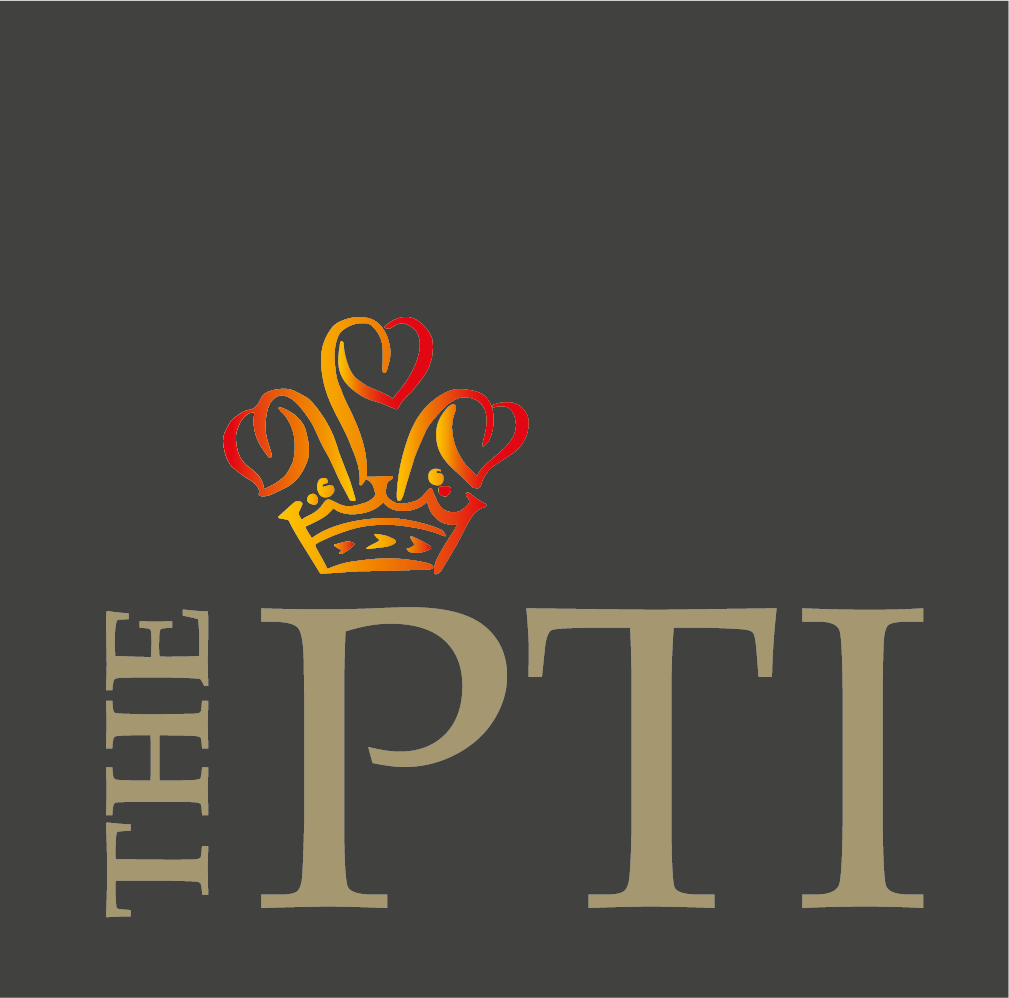Aim: To increase students’ confidence and ability in written and spoken assessments, particularly in preparation for the new GCSE, by teaching spontaneous target language and grammatical accuracy. To encourage staff to be more imaginative and ambitious in lessons.
Background: The new GCSE required a different approach to language teaching, which encourages students to rely less on teacher corrections and more on teaching students how to spontaneously manipulate language. While the department was strong in teaching students to communicate only in the target language (TL), this was inconsistent amongst less experienced teachers. Bexley offers seven languages, and all students are required to take two to GCSE.
Method:
Year 1: Increased consistency in TL teaching was seen as a critical first step; training was given to new and inexperienced teachers, and peer observations allowed for sharing of good practice around TL teaching. Ideas were also shared with other schools through a strategic learning network led by Bexley Grammar. New internal assessments had a greater focus on spontaneous writing and speaking production.
Year 2: Internal assessments were further brought into line with the new GCSE, with a focus on grammatical accuracy and translation. After a disparity was noticed between French and German results, it was made a priority to have greater sharing of practice between languages, with the aim of increasing pupils’ confidence and giving them sufficient structures, not just the vocabulary to communicate. A teacher attended CPD on exploiting literary texts and then led training within the department.
Year 3: More leadership positions were created for MFL students to promote more independent linguists and develop internationalism in the school. Practice was developed through new technologies and methodologies such as Google Drive and Google Classroom, which were used to set listening tasks and chase homework.
Evidence: Student interviews, lesson observations.
Impact: Internal assessment results showed improvements in students’ spontaneous speaking and a closing of the disparity between the French and German cohorts. GCSE results showed a trend towards increased attainment and uptake at KS5 increased from 107 in 2014 to 170 in 2015 and 160 in 2016. The number of students applying for MFL study at university increased from 8 in 2014 to 12 in 2015 and 24 in 2016.
Lesson observations showed that teachers were experimenting with a broader range of creative ideas that reflected on deeper cultural and linguistic issues to stretch students beyond the requirements of the GCSE syllabus and prepare them for IB. Across the three years, the quality of teaching and student attainment improved, and observers highlighted staff and pupil use of TL as a strength of the department. The profile of the department has been raised through various activities, and students were eager and enthusiastic to take on added responsibility through the new leadership positions in MFL.
Reflections: We have learned that having the same teacher for all five (or seven) years has an even bigger impact than anticipated, and that consistency of employing the strategies in lessons, both by an individual teacher and between teachers, is vital. There are still many unknowns surrounding the grading of the new GCSE, but regardless of exams, this project has certainly helped us to promote the crucial attitudes and skills students need to become more independent and inspired language learners.
Contact: Lucy Meyer, Head of MFL, meyer_l@bexleygs.co.uk
